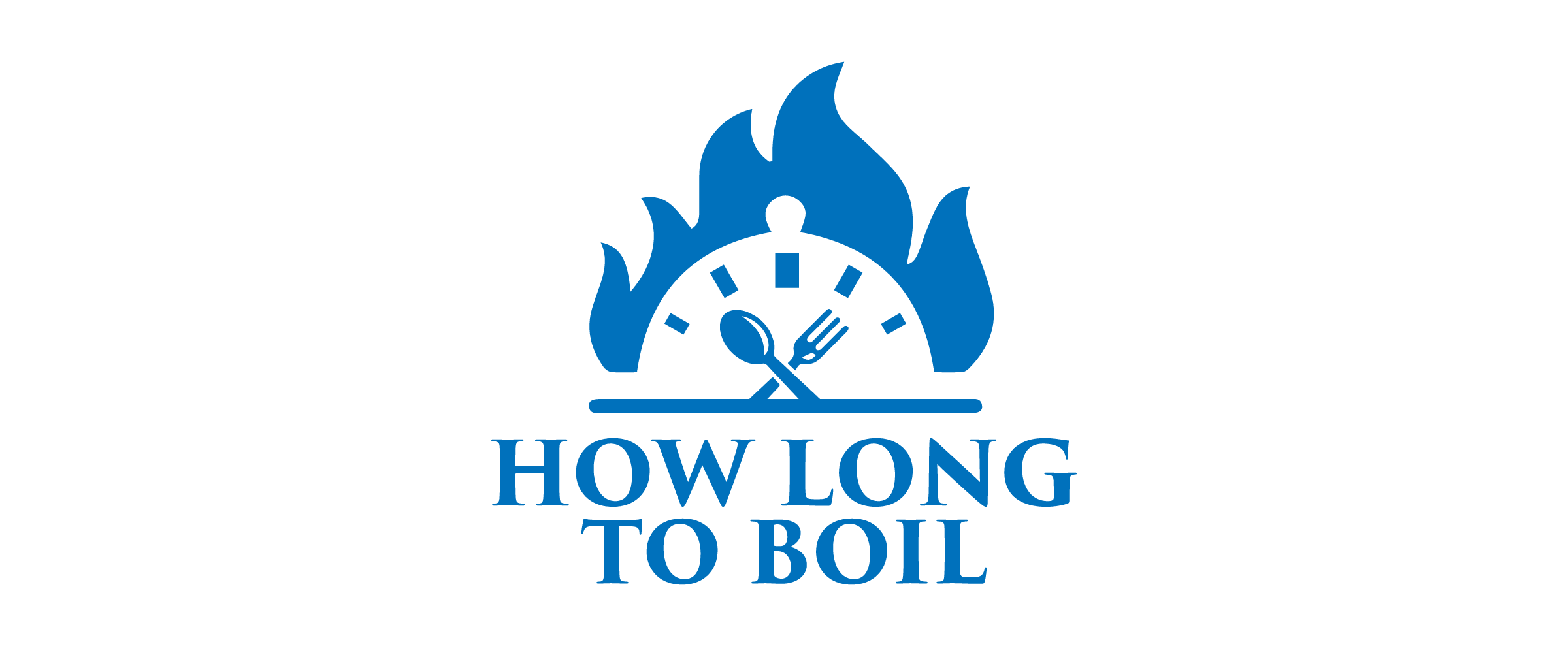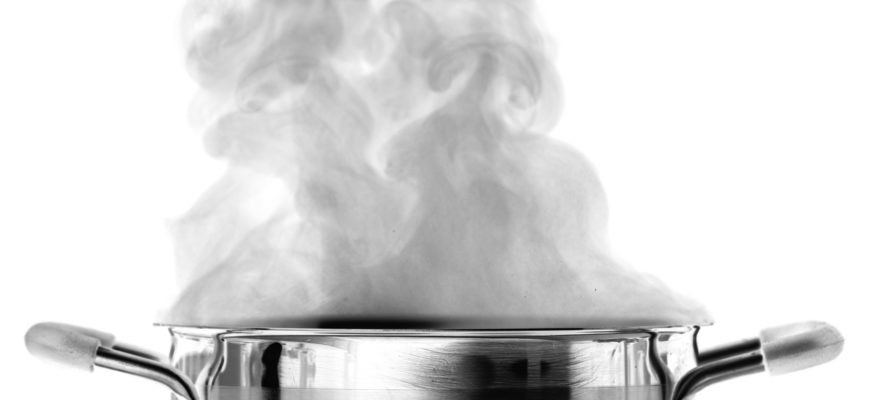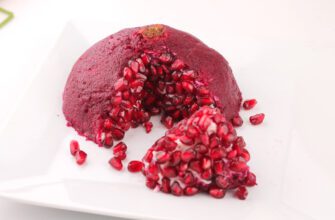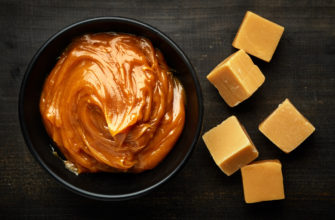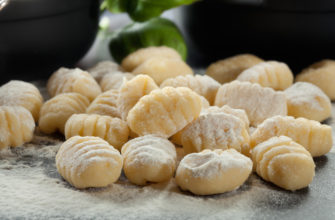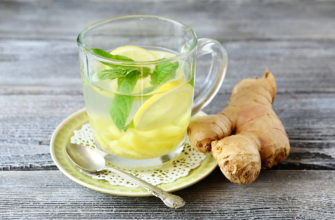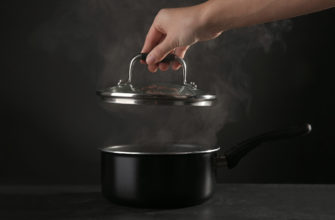Have you ever found yourself in a situation where you needed sterile water but weren’t sure how to find it? Good news! In a few easy steps, water can be sterilized at home or on the go. The hardest part (and what most people have trouble remembering) is knowing the answer to this question: how long does water have to boil to be sterile? Keep reading to find out why it’s necessary, how to do it and, finally, how long to boil water to sterilize it.
- Why sterilize your water?
- 1. Emergency situations
- 2. Camping and wilderness survival
- 3. Medical or cosmetic reasons
- What kind of water needs sterilization?
- How to boil water to sterilize it
- Boiling points of water at different altitudes
- How long does water have to boil to be sterile?
- How will I know when my water is sterile?
Why sterilize your water?
You may be wondering, “Why would I need to sterilize my water?” It’s not a bad question! If you live in a developed country with safe drinking water, you may never need to sterilize water. However, even if you typically drink from store-bought bottled water, municipally treated water or from your own at-home filtration system, knowing how to sterilize water is a great skill to have. Why? Here are a few (but not all!) reasons:
1. Emergency situations
From time to time, even municipal water isn’t safe to drink. Towns and cities often issue boil orders to sterilize tap water to make it safe for drinking and cooking.
2. Camping and wilderness survival
If you ever embark on a long camping trip, or find yourself in a wilderness survival situation where you have to rely on natural resources, knowing how to boil water is critical for drinking, cooking, bathing and more.
3. Medical or cosmetic reasons
There are some medical and cosmetic applications for sterile water, like home birthing, treating open wounds or mixing cosmetic products.
What kind of water needs sterilization?
Many different types of water need sterilization, but some types only need to be sterilized based on what you intend to use it for or in extraordinary circumstances (such as the boil order example given above). Tap water or filtered water typically doesn’t need to be sterilized if you intend to use it for drinking, bathing or cooking, but, if needed for medical reasons, it may need to be boiled. Water from rivers, lakes, streams or other naturally occurring sources will almost always need to be boiled if intended for human consumption.
How to boil water to sterilize it
First, fill a clean pot with water. Next, place the heat-safe pot on a stovetop or range at medium-high heat or on a campfire stove over an open fire. Wait several minutes for water to begin boiling (see chart below for handy reference of the boiling point of water at different altitudes). Boiling water bubbles rapidly. Just to be safe – if you don’t have a thermometer handy, let it bubble a few minutes longer.
Boiling points of water at different altitudes
| Altitude (Feet) | Boiling Point (Fahrenheit) |
| -1000 | 214℉ |
| -500 | 213℉ |
| 0 (Sea Level) | 212℉ |
| +500 | 211℉ |
| +1000 | 210℉ |
How long does water have to boil to be sterile?
Luckily, once the water has reached its boiling point, the wait is almost over! Water only has to boil for one minute to be considered sterile. That’s it! You can boil it longer if you want to be safe, but prolonged boiling will cause the water to evaporate significantly and you may end up with less water than you planned to use.
How will I know when my water is sterile?
All you need to do to know that your water is sterile is boil it for one minute or longer. Boiling it will kill a majority of unsafe bacteria. If that’s not enough assurance for you, you can purchase and keep on hand a water test kit specifically made to test levels of bacteria in the water.
